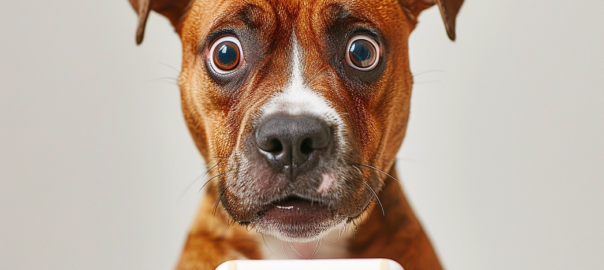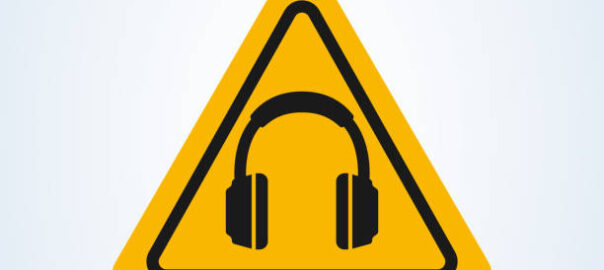Protect Your Hearing: The Importance of Proper Fit Testing
October is National Protect Your Hearing Month, a time dedicated to raising awareness about the importance of protecting our hearing from noise-induced damage. Noise-induced hearing loss is preventable, yet it affects millions of people worldwide. This month, we emphasize the critical role of hearing protection devices (HPDs) and the necessity of proper fit testing to ensure their effectiveness.
Understanding Noise-Induced Hearing Loss
Noise-induced hearing loss (NIHL) occurs when the delicate structures in the inner ear are damaged by exposure to loud sounds. Common sources of harmful noise include machinery, concerts, and even everyday activities like mowing the lawn. The good news is that NIHL is entirely preventable with the right precautions.
The Role of Hearing Protection Devices
Hearing protection devices, such as earplugs and earmuffs, are essential tools in preventing NIHL. However, their effectiveness largely depends on how well they fit. A poorly fitted HPD can fail to provide adequate protection, leaving the wearer vulnerable to hearing damage.
Introducing INTEGRAfit: Ensuring Optimal Protection
At Workplace Integra, we are proud to offer the INTEGRAfit system, a revolutionary advancement in hearing protection fit testing. INTEGRAfit is designed to evaluate the effectiveness of in-ear hearing protection devices through quantitative fit testing. This system uses advanced technology to measure the noise reduction provided by HPDs in real-world conditions, ensuring that each device offers the maximum possible protection.
Why Fit Testing Matters
Fit testing is crucial because it verifies that HPDs are correctly fitted to each individual. This process not only enhances safety but also ensures compliance with hearing conservation standards. By using INTEGRAfit, employers can be confident that their employees are receiving the best possible protection against noise-induced hearing loss.
How INTEGRAfit Works
INTEGRAfit employs a user-friendly iPad app and a custom headset to conduct fit tests. The system measures the noise reduction effectiveness of earplugs and earmuffs, providing immediate feedback on whether the HPD is properly fitted. This interactive approach also educates users on the correct methods of inserting and wearing their hearing protection, promoting long-term hearing health.
As we observe National Protect Your Hearing Month, let’s commit to safeguarding our hearing by using properly fitted hearing protection devices. With tools like INTEGRAfit, we can ensure that our hearing conservation efforts are both effective and compliant with industry standards. Protect your hearing today for a healthier tomorrow.







